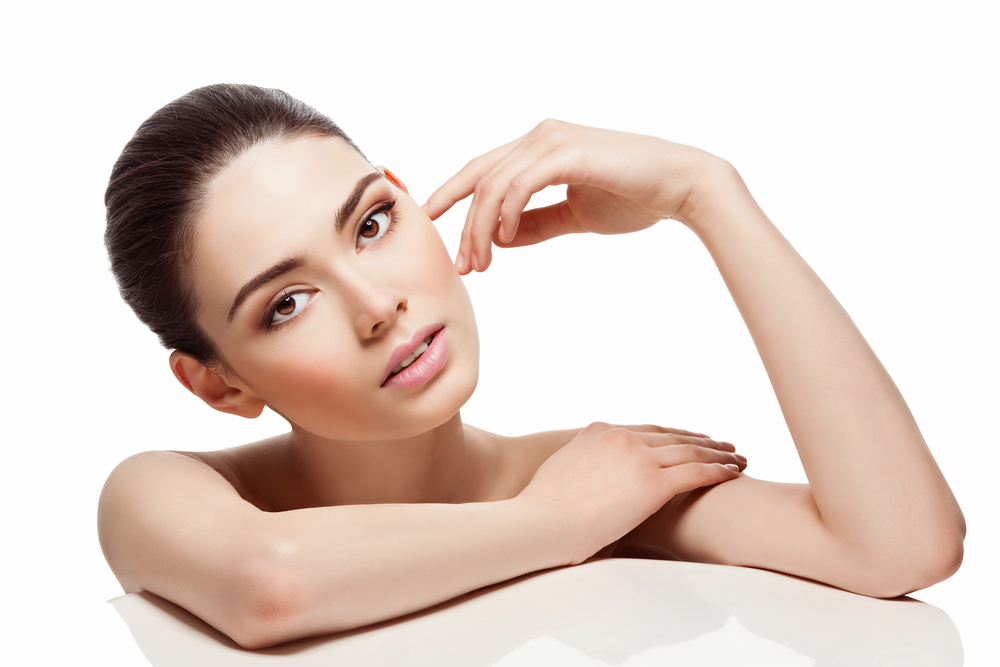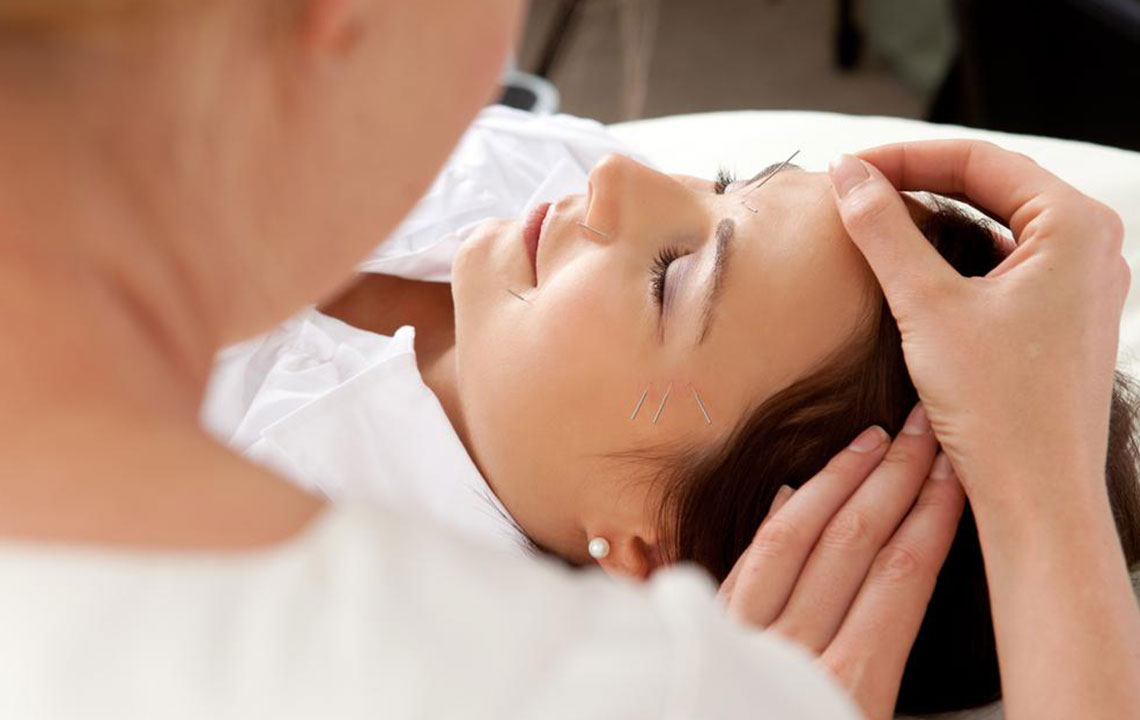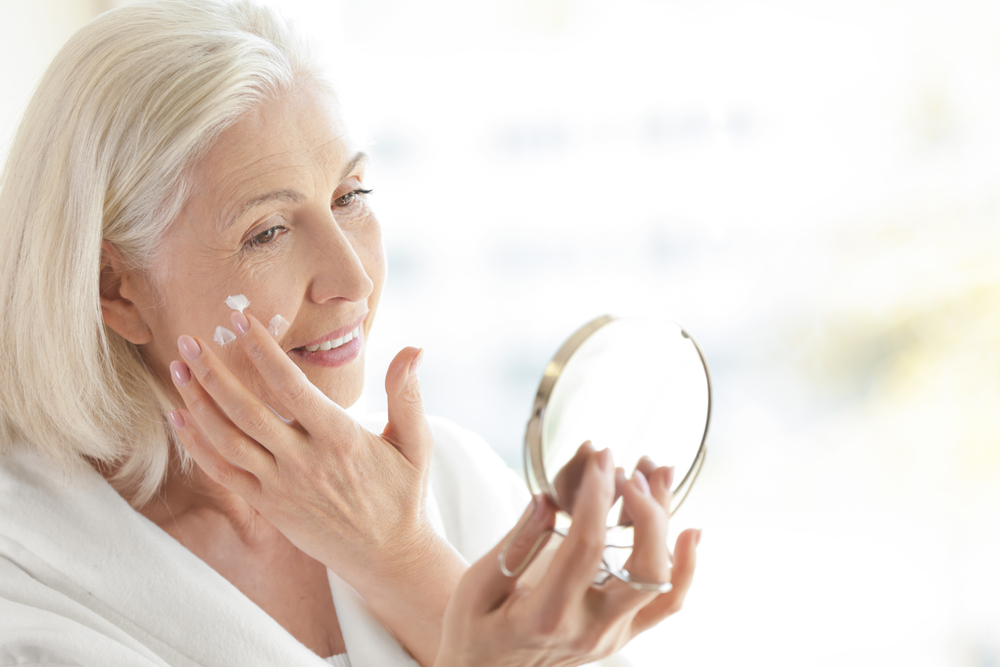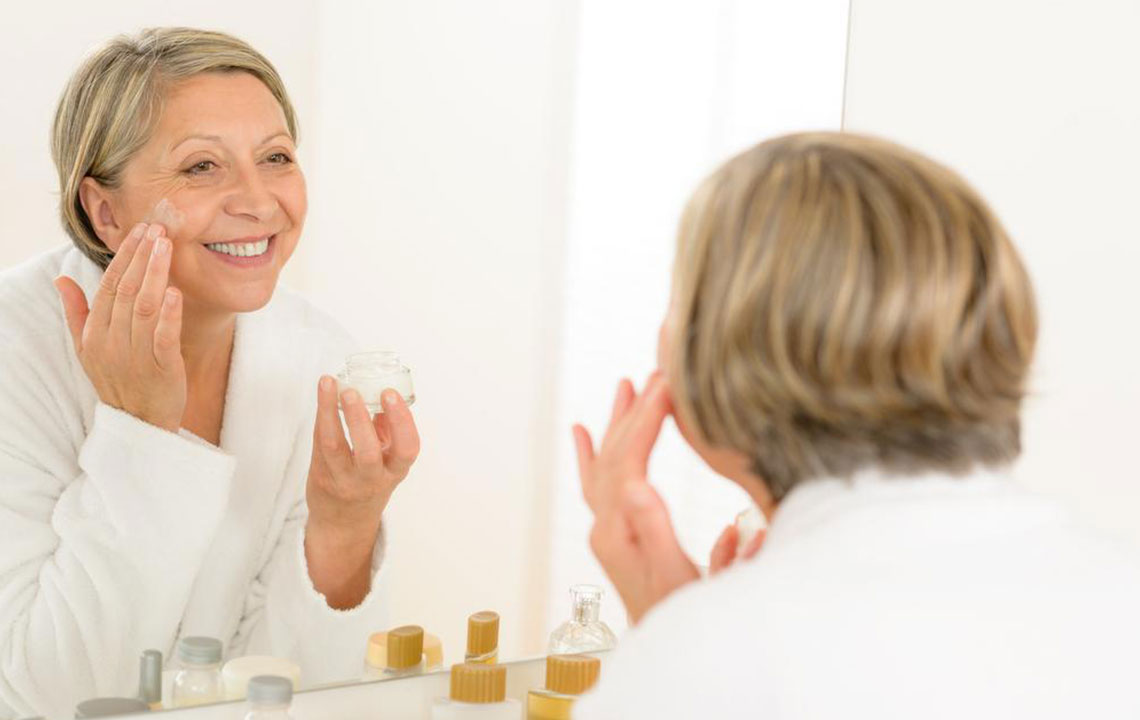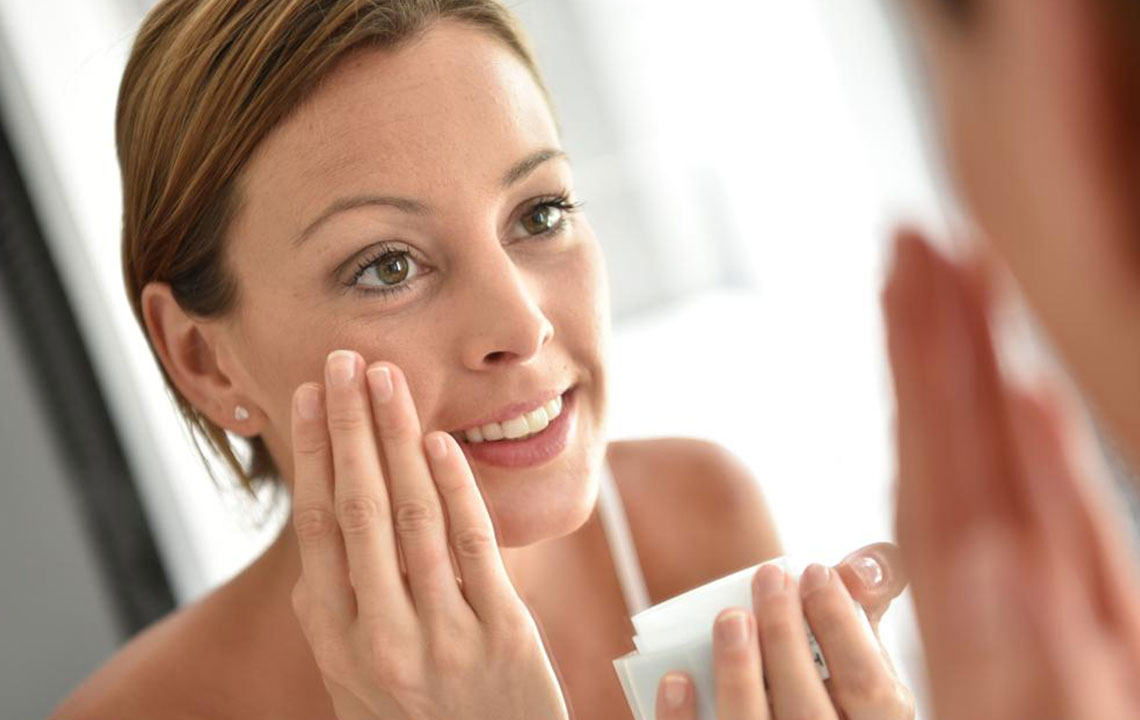Comprehensive Guide to Anti-Aging Cosmetic Treatments for Youthful Skin
Discover a comprehensive overview of anti-aging cosmetic treatments, from topical remedies to surgical options. Learn how procedures like retinoids, microdermabrasion, laser resurfacing, Botox, and dermal fillers can help reduce signs of aging. Understand the importance of sun protection and daily skincare to maintain youthful, healthy skin. This guide provides insights into choosing suitable treatments and maintaining skin health for a radiant, youthful appearance at any age.
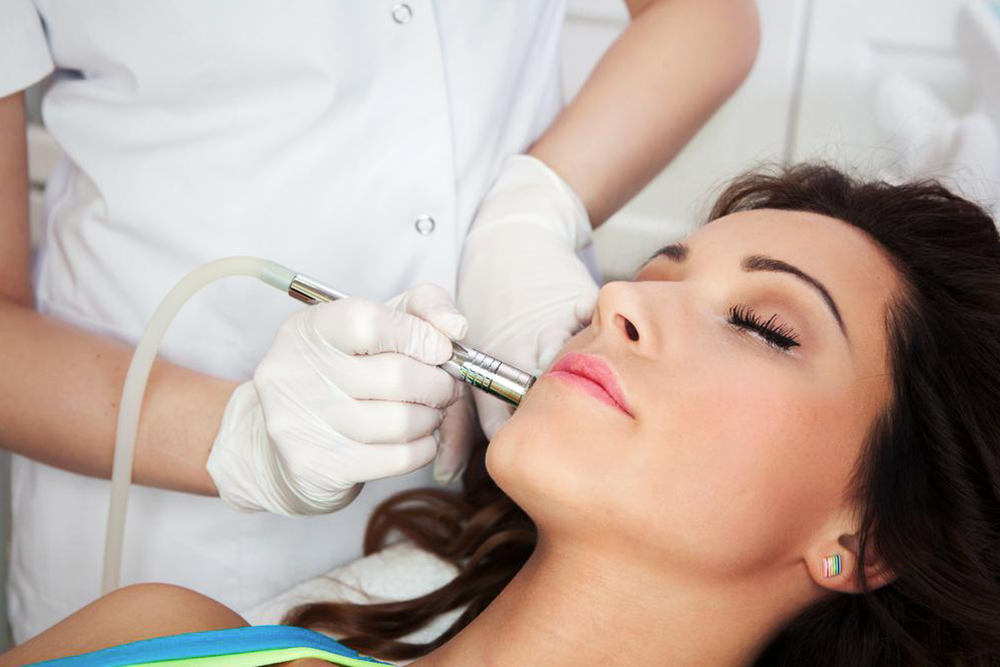
Comprehensive Guide to Anti-Aging Cosmetic Treatments for Youthful Skin
As years go by, our skin naturally undergoes changes that lead to signs of aging such as sagging, fine lines, and wrinkles. While these changes are a normal part of the aging process, many individuals seek effective solutions to preserve a youthful appearance. Fortunately, advancements in cosmetic science have provided a broad spectrum of treatments—ranging from minimally invasive procedures to topical remedies—that can significantly reduce visible aging signs and restore skin vitality. Despite some risks associated with certain procedures, they have proven to be highly effective in combating skin aging, boosting confidence, and improving overall skin health.
Understanding the variety of available options is crucial for making informed decisions tailored to individual needs and skin conditions. In this comprehensive guide, we explore popular anti-aging treatments, their mechanisms, benefits, potential risks, and maintenance tips to help you achieve a more youthful, radiant complexion.
At the forefront of anti-aging skincare are topical creams containing retinoids—powerful derivatives of vitamin A—that are widely recognized for their wrinkle-reducing properties. These products are often recommended as the first line of defense for early signs of aging and can be used alongside other treatments for enhanced results.
Retinoid creams work by accelerating skin cell turnover and stimulating collagen synthesis, which helps to diminish the appearance of fine lines and wrinkles. Peptide-infused creams, combined with amino acids, support skin elasticity and firmness by promoting natural collagen production. As collagen levels decline naturally with age, these topical agents serve as a vital aid in maintaining skin resilience. Microdermabrasion is a popular non-invasive procedure that exfoliates dead skin cells, revealing fresher, smoother skin underneath. This treatment also stimulates the growth of new skin cells, improving skin’s texture and tone with minimal discomfort, usually performed under mild anesthesia or topical numbing agents. Multiple sessions are often needed for optimal refinement.
Another widely used anti-aging treatment is laser skin resurfacing, which employs precise, high-energy laser beams to stimulate collagen formation and promote skin tightening. This method effectively reduces fine lines, wrinkles, age spots, and scars. Recovery times vary depending on the depth and intensity of the procedure, but patients can typically expect some redness and swelling during the healing phase. Chemical peels are also effective—they remove the superficial layer of damaged skin, encouraging new, healthy skin to emerge. This process diminishes dullness, discoloration, and fine lines, resulting in a radiant complexion. The depth of the peel and the chemical agents used influence the cost and recovery duration.
Botox injections are a popular choice for temporarily relaxing facial muscles, smoothing out dynamic wrinkles—such as frown lines and crow’s feet. The effects usually last around three to six months, requiring repeat treatments to maintain the desired look. Dermal fillers, particularly those made of hyaluronic acid, are used to restore volume in areas where the skin has sagged or lost elasticity. These fillers effectively fill in deep wrinkles, restore facial contours, and boost skin hydration. Depending on the formulation and the area treated, results can last from six to nine months, with some fillers providing longer-lasting effects.
For more dramatic and long-lasting results, cosmetic surgeries like facelifts, brow lifts, eyelid surgeries, and neck lifts are viable options. These procedures involve removing excess skin and tightening underlying tissues to restore a more youthful appearance. Surgical treatments, while more invasive, often produce significant improvements and may be repeated or combined with minimally invasive procedures to optimize outcomes.
Finally, effective skin aging management includes diligent daily care practices, particularly sun protection. Using broad-spectrum sunscreens with high SPF, wearing protective clothing, and avoiding excessive sun exposure help prevent further skin damage and aging. Regular use of moisturizers enhances skin hydration and barrier function, contributing to healthier, more resilient skin over time. Combining these protective measures with professional cosmetic treatments allows individuals to sustain a youthful glow and improve skin health well into later years.
By understanding the available options—from topical treatments to surgical procedures—individuals can choose personalized strategies based on their skin condition, desired results, and skin health. Consulting with qualified dermatologists or cosmetic surgeons is essential to develop a safe and effective anti-aging plan. Remember, aging is a natural process, but with the right approach, maintaining a luminous, youthful complexion is well within reach.
